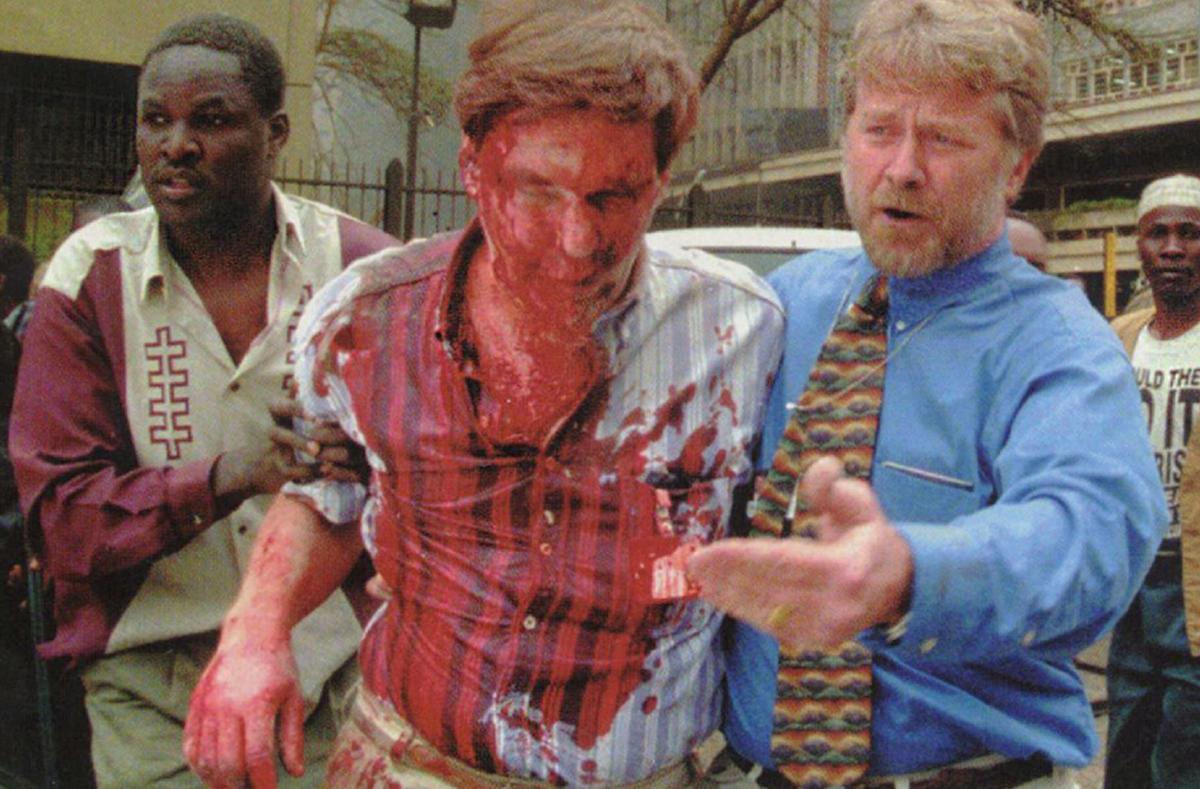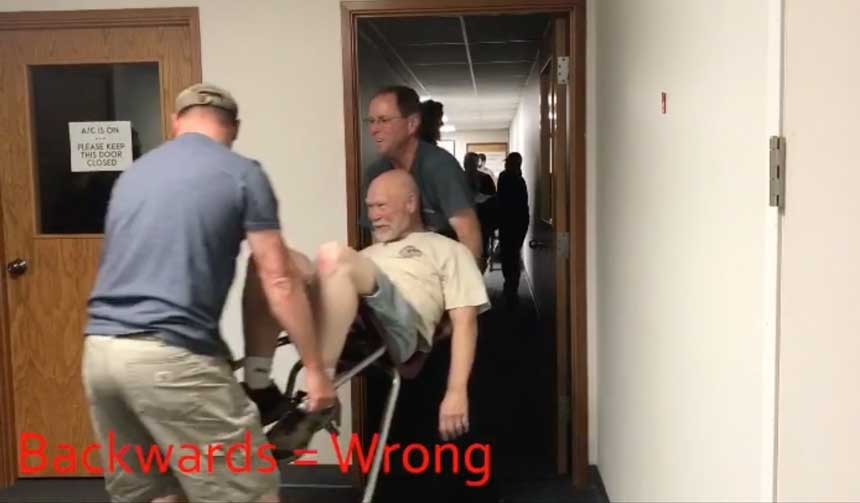What is a Good Samaritan? If I have first-aid training, am I covered by Good Samaritan laws and protection? Generally speaking, a Good Samaritan rendering first aid should reasonably avoid lawsuits and litigation if they provide: medical care which the …
Being aware of security has a two-fold purpose: first to keep yourself safe and second to improve the casualty’s chances of survival. Getting injured helping the wounded is not combat effective.
Traditional EMS practice is to “ensure scene safety,” before treating a patient. Casualty management in high-risk incidents like active shooter, bombings, and buildings on fire will never be safe. The TECC and TCCC guidelines recognize this and prioritize treatment of only life threatening injuries in these dangerous settings.
Although multiple versions of MARCH exist, we like S-MARCH because Security is a reminder that although we can’t “ensure scene safety,” we can mitigate risk by being aware of where the threats are.
Moving casualties is always hard. Use a tool whenever possible. Even a folding chair makes it easier to carry casualties quickly and over distance. In A Book of Five Rings, Miyamoto Musashi says, “Make your combat stance, your everyday stance …


